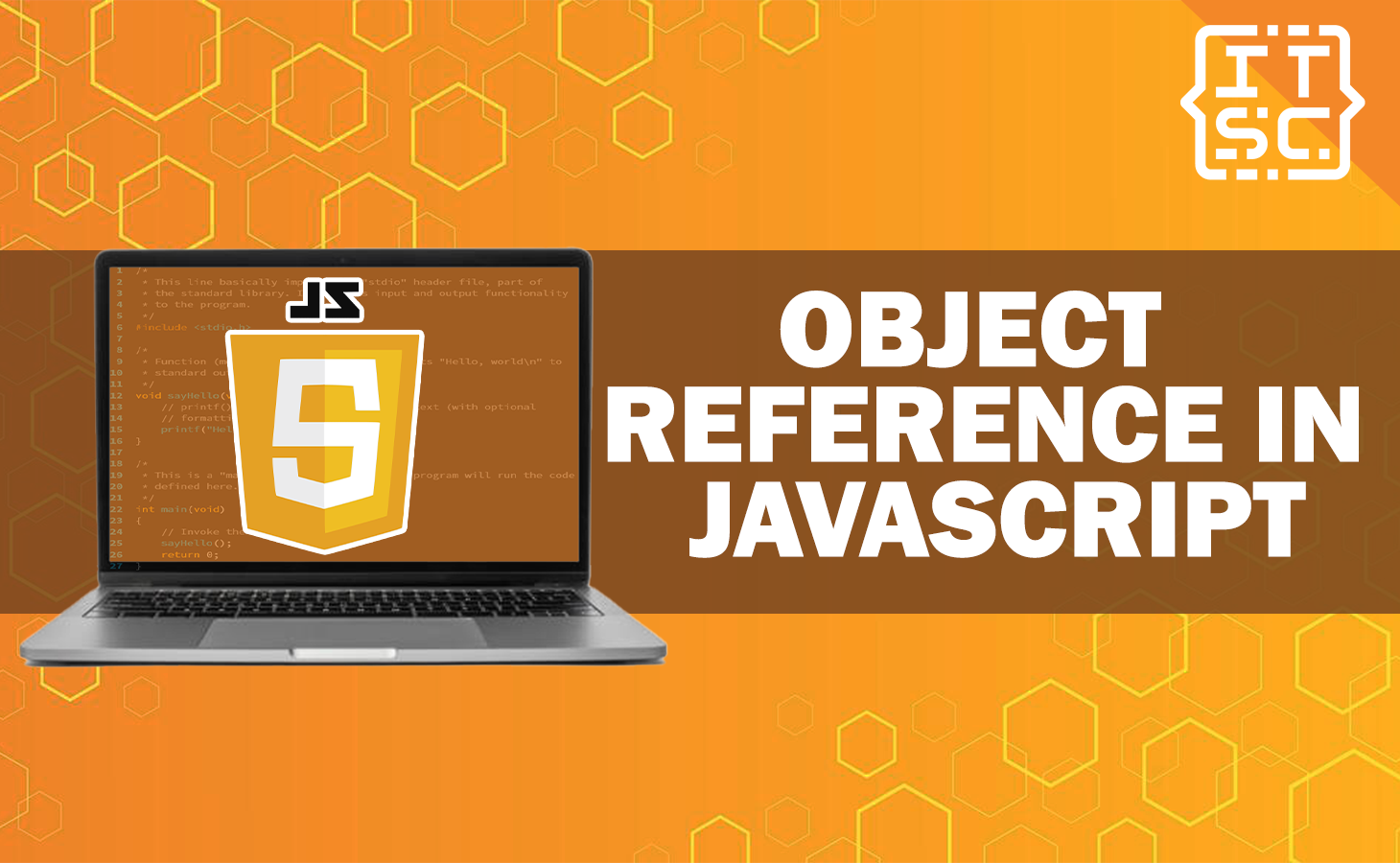In this article, you will have to learn the fundamental concept of Object Reference in JavaScript, ensuring you will understand it thoroughly.
JavaScript, usually referred to as the “language of the web“, allows websites with interactivity and dynamic features.
To use its true potential, one must master object references. This guide will provide you with the knowledge and understanding that needed to excel in JavaScript development.
What Is Object Reference in JavaScript?
Before we proceed into the important details, let’s define what object reference in JavaScript means.
An object reference is necessarily a pointer or a link to a specific object in memory.
These objects can be variables, functions, or data structures, and manipulating them is an important in JavaScript programming.
Object Reference in JavaScript
Types of Object References
- Implicit Object References:
- In JavaScript, objects can be accessed effectively. This means that you don’t need to reference them directly; the language handles it for you.
- Explicit Object References:
- On the other hand, explicit references require you to define the object you want to work with. This gives you more control but also adds complexity to your code.
Role of Object References
In JavaScript, ‘this’ is a critical keyword when dealing with object references. It refers to the current execution context and plays an important role in accessing object properties and methods.
Working with Object References
Now that we have understand the role of object references, let’s explore how to work effectively with object references in JavaScript.
Object Creation
To begin, you can create objects using constructors or object literals.
Constructors are like blueprints for objects, enabling you to create multiple instances with similar properties and methods.
Accessing Object Properties
To access an object’s properties, you can use dot notation or square brackets. Dot notation is more common and easier to read, while square brackets provide more flexibility.
Modifying Objects
JavaScript enables you to add, change, or delete object properties at runtime. This flexibility is a powerful feature of the language.
Object Reference Difficulty
It’s necessary to be aware of common diffuculty when working with object references. One frequent issue is shallow vs. deep copying, which can lead to unexpected action if not handled correctly.
Examples of Object References
Here are some example codes related to object references in JavaScript to help illustrate the concepts discussed in the article:
Creating an Object
You can create an object in JavaScript using object literals:
For example:
const people = {
firstName: "Jude",
lastName: "Reyes",
age: 27,
};
// Accessing object properties
console.log(people.firstName);
console.log(people.age);
Output:
Jude
27Implicit Object References
In JavaScript, some operations create implicit object references, like when you call a function:
Here’s an example code:
function message() {
console.log(`Welcome!, ${this.firstName} ${this.lastName}`);
}
const person = {
firstName: "Glenn",
lastName: "Mendoza",
message,
};
person.message();
Explicit Object References
Using explicit references, you can be more precise about which object you’re working with:
const employee1 = {
firstName: "Caren",
lastName: "Bautista",
};
const employee2 = {
firstName: "Gladys",
lastName: "Eliver",
};
function message() {
console.log(`Welcome!, ${this.firstName} ${this.lastName}`);
}
message.call(employee1);
message.call(employee2);
Output:
Welcome!, Caren Bautista
Welcome!, Gladys EliverModifying Objects
JavaScript enables you to add, modify, or delete object properties:
const carList = {
make: "Isuzu",
model: "DMX",
};
carList.year = 2023;
carList.make = "Honda";
console.log(carList);
delete carList.model;
console.log(carList);
Output:
{ make: 'Honda', model: 'DMX', year: 2023 }
{ make: 'Honda', year: 2023 }FAQs
To avoid memory leaks, always be diligent in releasing references to objects you no longer need. This includes removing event listeners and nullifying references.
Explicit references provide greater control and clarity in your code. They make it clear which object you are working with, reducing ambiguity.
Yes, some best practices include minimizing global variables, using ‘const’ and ‘let’ appropriately, and practicing good memory management.
Conclusion
In conclusion, mastering object references in JavaScript is important for any web developer.
It unlocks the full potential of the language, allowing you to create dynamic, interactive, and effective web applications.
By understanding the concepts outlined in this article and following best practices, you’ll be well on your way to becoming a JavaScript expert.

